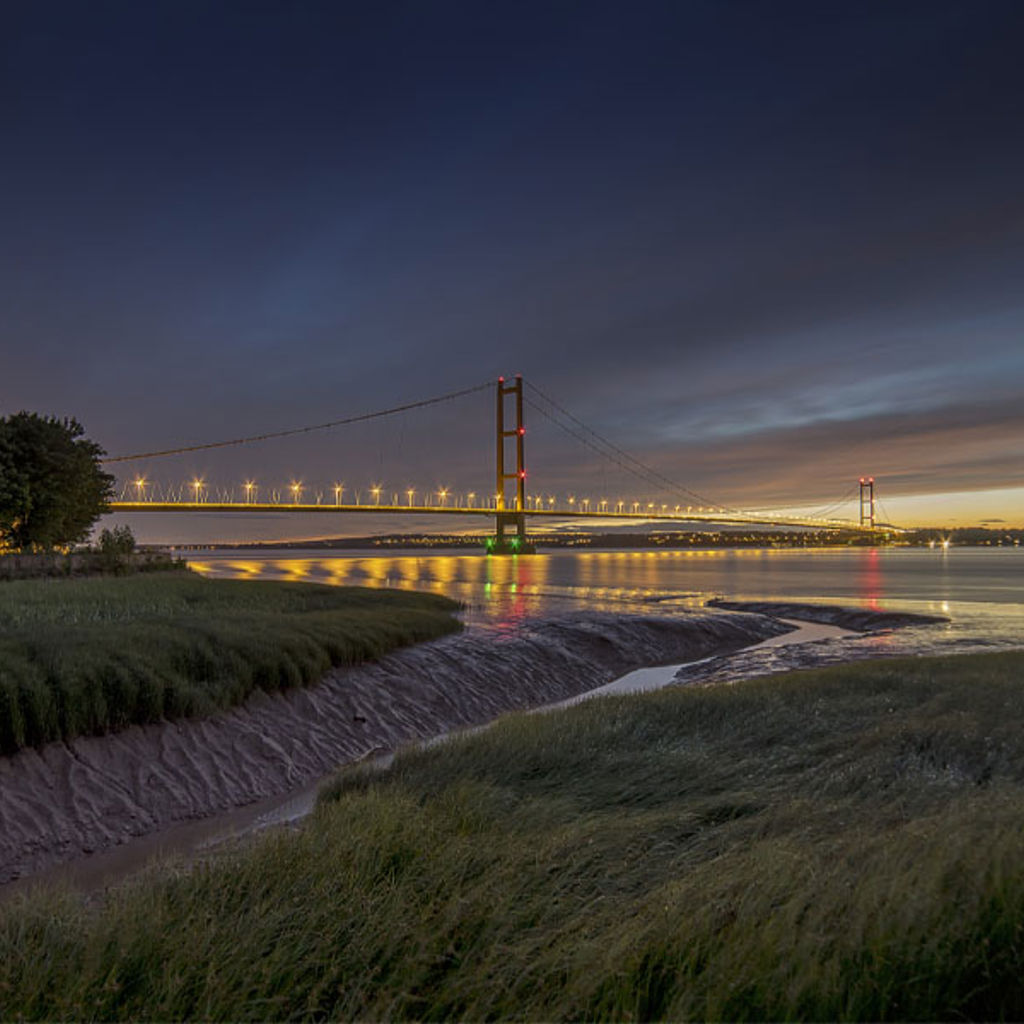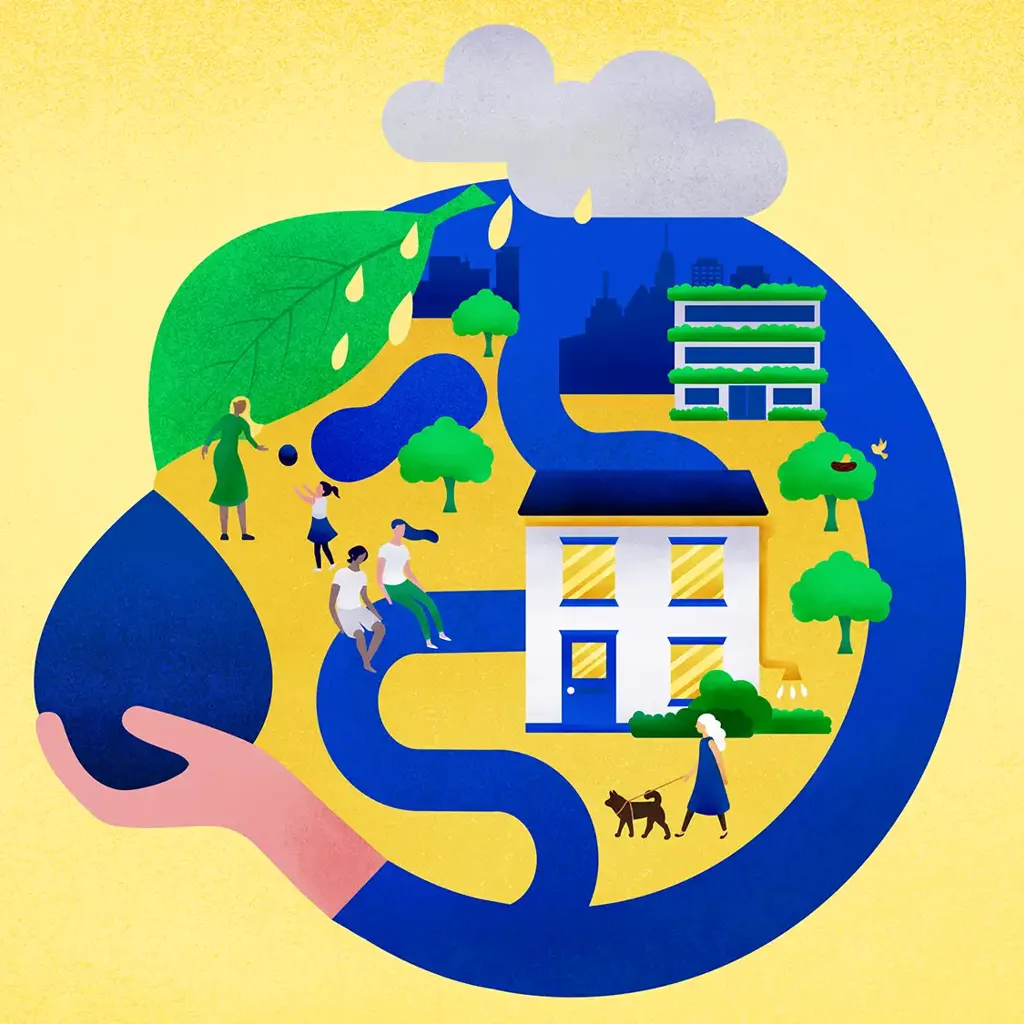Natural resilience is preferable (if possible)
Finally, even as water resilience has begun to gain recognition for its undoubted importance, it’s important to see it in the wider context of other climate goals. Given the scale and speed of carbon emission reductions needed, water resilience cannot count as such, unless we prioritise interventions and solutions that are low, no CO2 emitters or even net positive.
This means being innovative and not relying on hard physical "grey" infrastructure when we’re approaching issues such as water pollution and flooding. Alternative infrastructure options that are "blue" and "green" make use of natural processes instead. This approach means making biodiversity and nature part of the foundational, strategic planning of any major water scheme, being responsive to what the surrounding environment offers and needs. For example, New York City has been a pioneer in green infrastructure, and Arup has helped to implement rain gardens, bioswales, permeable pavement, constructed wetlands all across the city.
Funding is never a given
Projects that address water systems and their resilience, tend to be major multi-year investments, often revealing the need for systemic improvements touching many elements of a city or region’s catchments and water infrastructure. As such early conversations/ investigations of funding are critical as costs can be significant and success depends on certainty of investment for a number of years.
Our recent work in Africa has included approaches using ‘Decision Making under Deep Uncertainty’ (DMDU), can help prioritise resilient investments in the water sector, by looking through a wide range of plausible scenarios, whilst providing an understanding into the sequencing of schemes. This enables adaptability and flexibility.
Our partners at the World Resource Institute set up the African Cities Water Adaptation (ACWA) fund to address this issue for cities in Africa with urgent water resilience goals. Similar bodies and sources of funding will be needed in other areas of the world, and we can only hope that some of the commitments made at both COP27 and COP15 on ‘loss and damage’ transfers from wealthier to developing nations are directed at water resilience priorities.
Conclusion
Resilience takes many forms. It requires that we listen to communities, look beyond immediate needs, sometimes addressing outstanding social and political issues, and maintain a focus on nature-first solutions. Resilience will always be a mix of the utterly tangible, the pressing and local, but also the ideal and ongoing. As engineers and planners and water industry specialists, we know that resilience takes collaboration between all relevant parties. Only then can we achieve locally owned, lasting resilience across cities, catchments and rural contexts at once.













